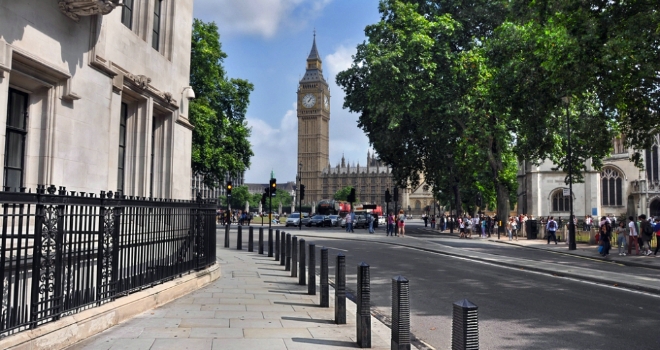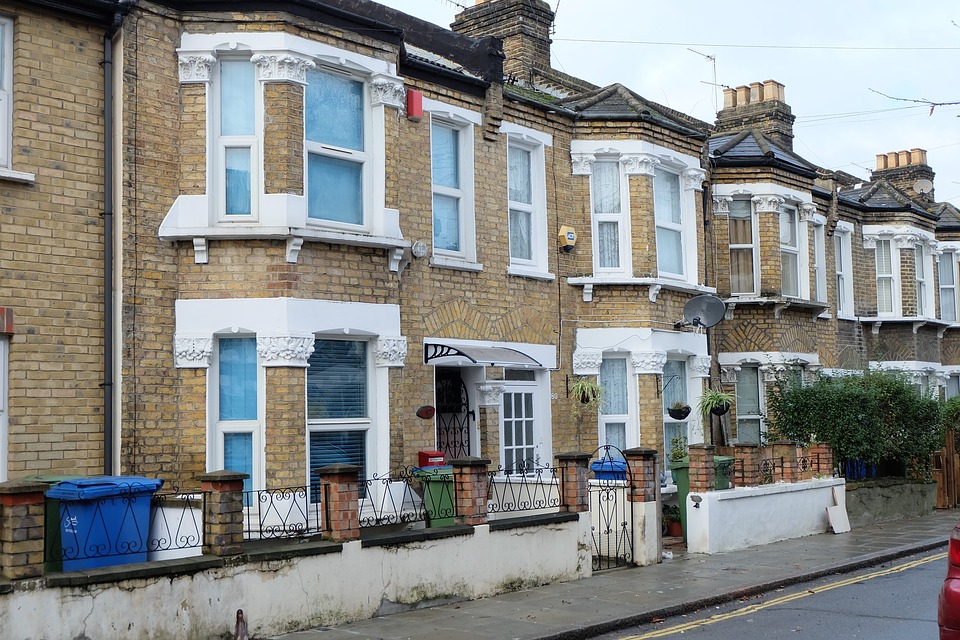
Photo source: http://bit.ly/2zsBj8V
Moving home is often cited as one of the most stressful experiences in life. However, you can make the process a little less stressful by following advice and avoiding common mistakes.
- Picking the Wrong Agent
Not all estate agents are the same. Check out their fees and whether there are hidden costs and what their success rate is. Many people simply settle on the first company they come across and end up regretting it. As with any venture, it pays to shop around and ask the right questions before you enter into any arrangement.
- Overpricing
Another mistake that sellers make is over estimating the price they’ll get for their property. This is more common nowadays where many bypass traditional estate agents and simply pick a selling price out of thin air. Do your research and see what similar properties in your area are going for and set a reasonable price.
- Using poor quality photos
These days, the majority of homes sold in the UK are placed in online listings. Don’t accept poor quality images. If you’ve chosen a good estate agent, they will make sure your property is looking its very best through high quality photographs. These are the first thing a buyer will see and you only get one chance to make a good first impression. Therefore, it is essential that your agent is using photographs that will really appeal to potential buyers.
- Not fixing things that are broken
There are plenty of houses for sale – and you want to make sure buyers won’t discount yours. They will, though, if things are broken when they come for a viewing. You may well be planning on fixing whatever’s broken before you move, but your buyer doesn’t know that. Get it fixed before you put your property on the market
- The Exterior
You’ve probably spent a long time making sure the inside of your house is not only clean and tidy, but also well decorated, perfectly laid out and just generally ideal for showing off to that buyer who’s coming around. But don’t forget, as much as the inside of the house will dazzle them, the exterior gives it that kerb appeal, and can help them form an opinion before they’ve even come inside. The garden sells your home, even subconsciously, so as much as you want to get the inside of your home perfect, forgetting the garden is a big no-no. It’s all too easy to miss things like tired old fences, lawns that are slightly too long or items strewn about the garden, but these are all things that give your home a negative kerb appeal, and it’s absolutely essential that they’re addressed before the home comes to market.
- Keeping personal touches around the home
When potential buyer’s come to view the house, they need to be able to picture themselves living there. If you have personal touches lying around such as photos and your own personal colour scheme, it makes it more difficult for buyers to imagine it as their own. Therefore, you need to ensure you are offering a neutral ‘blank canvas’. This means painting the walls a neutral colour and taking down any personal touches that distinguish it as your home.
Lastly, don’t hide anything from your agent. Make sure you are upfront about any issues there are with your home. This will save you lots of time and money as they will come out eventually, potentially ruining your sale too.




